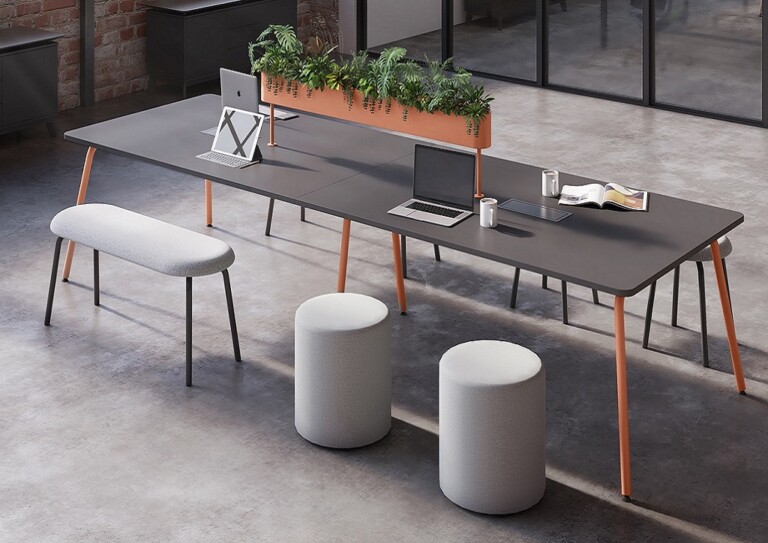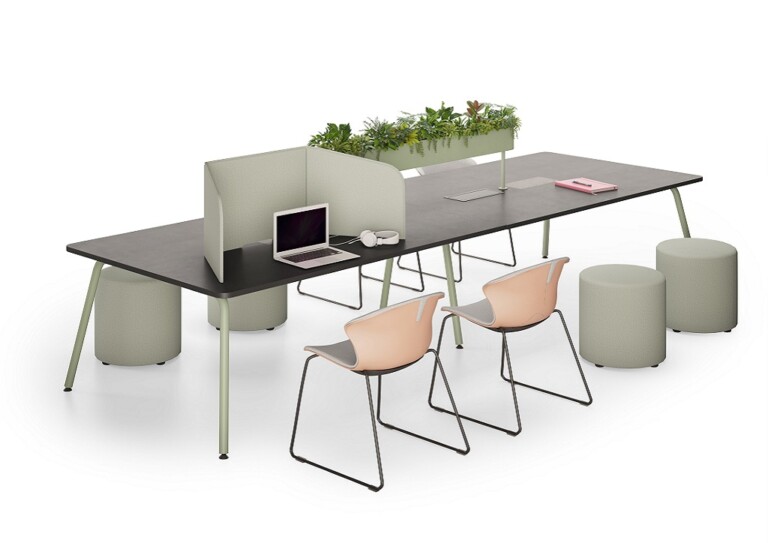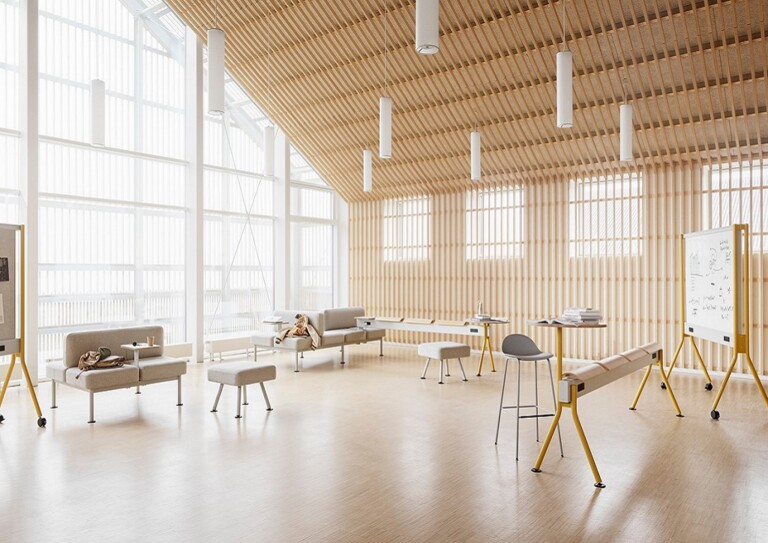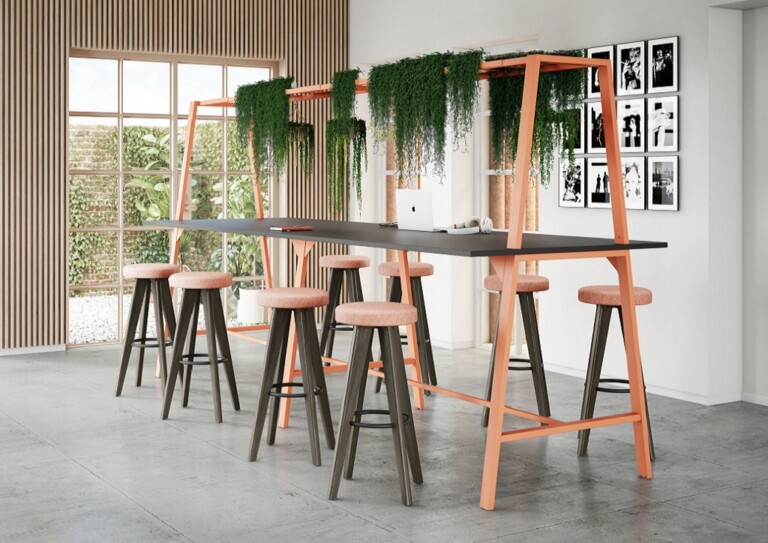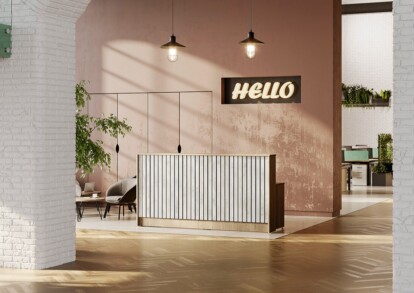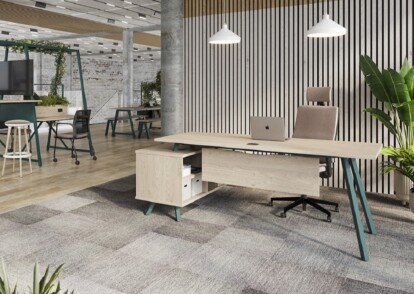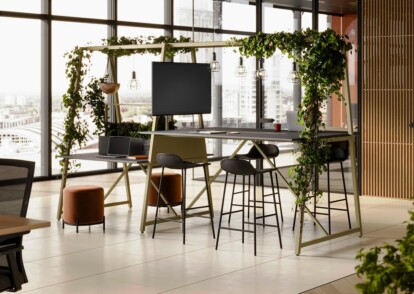Workplace Trends 2023
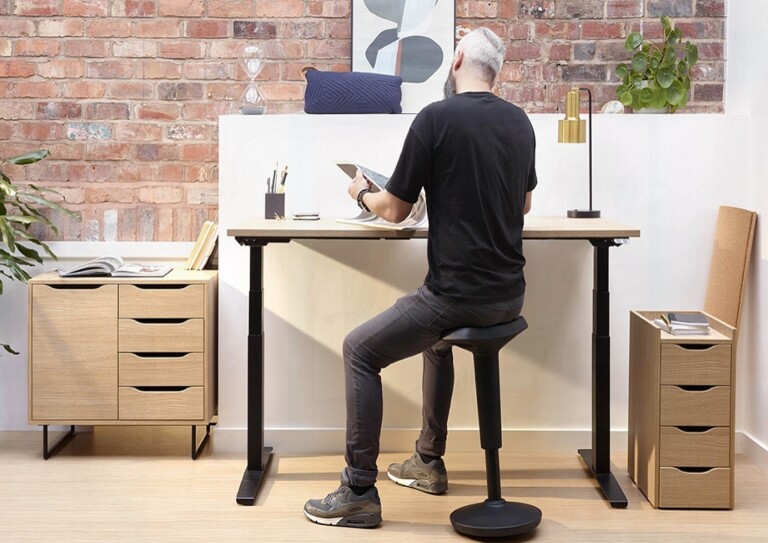
Workplace trends are business changes expected to continue to grow within coming years. Over the last few years hybrid work and employee wellness have been high on the list of trends and look set to remain there.
Remote and hybrid work
Advances in technology and globalisation has led to a rise in remote work since the latter part of the last century beginning of this one. Growth in this area has accelerated since the Pandemic shutdowns in 2020.
Remote work offers employees benefits like flexible working hours and no commutes resulting in a better work/life balance. Employers benefit as remote work allows recruiters to pull from a wider and more diverse candidate pool, and many employers report higher productivity from remotely working staff.
In the coming years, some industry experts predict that three to four times as many professionals will work remotely at least part of the week. The hybrid work model has gained significant popularity, and it is anticipated that many companies will shift to hybrid offices where employees work on-site at least once or twice a week.
Over time workplaces have shifted from private offices to more open plan designs. Office design will evolve again as the shift to remote and hybrid work working continues to gain momentum.
In the foreseeable future, companies will minimise office space and make the remaining places of work more flexible and multi-functional. Office space will work harder, offering hot-desking, where employees do not have an assigned workstation but are able to work from any available desk. Investment in breakout areas is an area of growth, enabling staff a relaxing place to socialise with colleagues at breaktimes when in the office. Offering spaces where employees can relax and socialise is an important element of staff well-being. Rearrangeable work furniture, such as easily movable tables and chairs is on the rise, optimising the use of office space. Companies will need to invest in technology like projectors, screens, and electronic whiteboards, and possibly even VR to better accommodate hybrid workforces.
Smaller and more spread-out companies may also turn to coworking and choose to rent office space a few times a month, instead of paying rent on a building that sits empty most of the time.
With more offices going fully or partially remote and the hectic pace of modern life there has been a rise in anxiety and depression. Calls for self-care and employee health have increased as awareness of mental illness and work stress has grown. Many people struggle to set boundaries and avoid burnout, especially when working from home, juggling multiple responsibilities. In the coming years, employees are more likely to prioritise self-care, and employers are more likely to invest in employee health and wellness. Companies are already providing virtual team building events to prevent employees feeling isolated and to give them a feeling of belonging. Virtual team building is one of the most quickly growing remote work trends. Companies increasingly turn to activities like online murder mysteries, Zoom happy hours, and virtual trivia quizzes to engage remote employees.
Also, staff may spend more time taking care of social needs to fight off the isolation of remote work. For example, forming clubs with coworkers and planning more outside-of-work team outings.
It is important that employers also consider the home environment of the remote and hybrid working employees in relation to the employee’s well-being. Many do not think about the working conditions within an employee’s home. Do they have an appropriate, comfortable workstation for example? Are they sitting at a work desk/table that is the correct height for their posture whilst working? Is the chair they are using ergonomically correct for them? Are they able to shut off the work area or tidy it away out of sight, so that it is not on view when they are not working? All these things can impact overall on an employee’s health and well-being and should be considered in line with other areas of well-being already mentioned ie mental well-being.
The pandemic crisis of 2020 showed that many workers could perform jobs effectively at home, making many workers question the traditional routine. Acknowledging this fact and embracing remote work can help organisations remain competitive and achieve better employee retention rates.
